Medical malpractice incidents are more severe during daylight saving time, new study finds
Powered by WPeMatico
Powered by WPeMatico
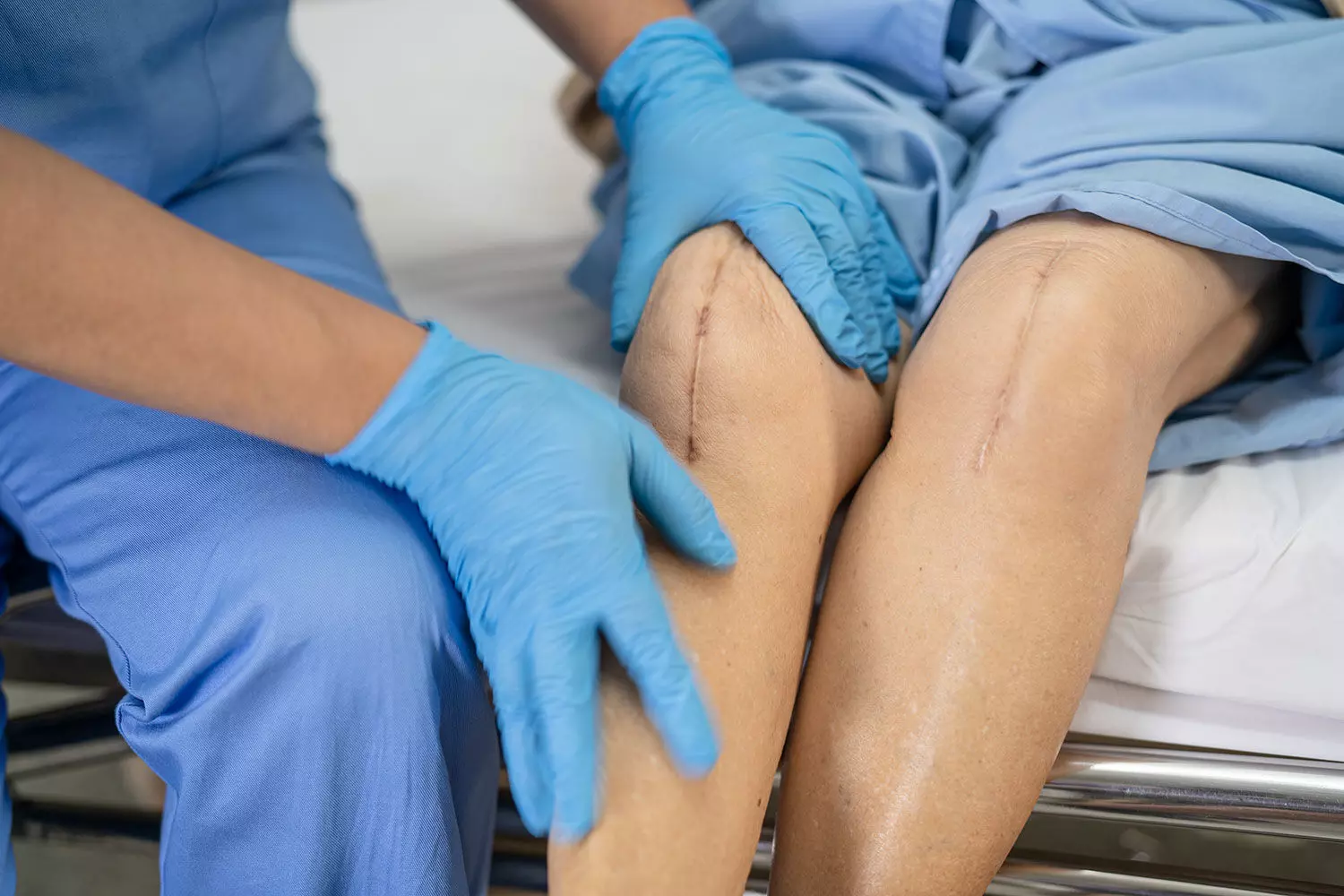
Functional somatic syndromes (FSSs), defined as chronic physical symptoms with no identifiable organic cause, may impact results after hip and knee arthroplasty.
Masood et al conducted a study to perform a systematic review assessing the relationship between FSSs and clinical outcomes after primary total hip arthroplasty (THA), total knee arthroplasty (TKA), and unicompartmental knee arthroplasty (UKA). It has been published in “Arthroplasty” journal. This systematic review was conducted and reported in adherence to the 2020 Preferred Reporting Items for Systematic Reviews and Meta-Analyses (PRISMA) Statement. The primary outcome measures of this systematic review were baseline and postoperative patient-reported outcome measures of pain and function. Secondary outcome measures included postoperative opioid consumption, postoperative complication rates, revision or reoperation, and costs of care.
The PubMed and Web of Science databases were queried from January 1955 through December 2021 for studies investigating the impact of at least one FSS (fibromyalgia, irritable bowel syndrome (IBS), chronic headaches, and chronic low back pain) on outcomes after primary THA/TKA/UKA. Outcomes of interest included patient reported outcome measures (PROMs), postoperative opioid use, complications, revisions, and costs of care.
Key findings of the study were:
• There were twenty-eight studies, including 768,909 patients, of which 378,384 had an FSS.
• Five studies reported preoperative PROMs prior to THA/TKA, all of which showed worse PROMs among patients with at least 1 FSS diagnosis.
• Thirteen studies reported postoperative PROMs after THA/TKA, all of which demonstrated worse PROMs among patients with at least 1 FSS diagnosis.
• Patients with FSS diagnoses were more likely to continue using opioids at 3, 6, and 12 months following TKA, THA, and UKA.
• Medical and surgical complications, as well as revision rates, were higher among patients with FSSs.
The authors concluded that – “Patients with FSSs have inferior PROMs and are at increased risk for prolonged postoperative opioid use, medical and surgical complications, and revision after hip and knee arthroplasty. Improved understanding of the factors influencing the success of hip and knee arthroplasty is critical. Future studies should address the biopsychosocial determinants of health that can impact outcomes after total joint arthroplasty.”
Further reading:
Functional somatic syndromes are associated with inferior outcomes and increased complications after hip and knee arthroplasty: a systematic review
Masood et al.
Arthroplasty (2024) 6:2
https://doi.org/10.1186/s42836-023-00223-1
Powered by WPeMatico

Bhavnagar: When Ganesh Baraiya wanted to take admission to medical college, the erstwhile Medical Council of India (MCI) now National Medical Commission (NMC) did not believe that he was capable of becoming a doctor, because he is all of three-feet tall.
But he did not let the MCI rejection trip him up, and today he is `Dr’ Baraiya, an MBBS intern.
When he applied for the medical course in 2018, the MCI committee denied permission citing his physical condition.
“The committee said I would not be able to handle emergency cases because of my height,” Baraiya told PTI.
He consulted his school principal and some other well-wishers who suggested he challenge the decision.
The matter went from the Gujarat High Court to the Supreme Court, which passed a judgement in Baraiya’s favour in 2018, allowing him to take admission to the Government Medical College, Bhavnagar.
“On August 1, 2019, I took admission to the medical college, and that is how my MBBS journey started. I recently completed my course and got the MBBS degree. I am now working at Sir T General Hospital in Bhavnagar,” he said.
Dean of the Bhavnagar Medical College Dr Hemant Mehta said it was a matter of immense happiness for him that Baraiya completed his course and was doing internship.
“He used to find way in every situation. He would tell us his problems sometimes, and we tried our best to solve them,” Dr Mehta said.
“His friends, classmates and batchmates must have helped him the most, as they used to be with him at all times. The teachers helped him too, because he required the most attention in the whole class,” Mehta added.
Powered by WPeMatico

Foster City: Gilead Sciences, Inc. and Merus N.V. have announced a research collaboration, option and license agreement to discover novel dual tumor-associated antigens (TAA) targeting trispecific antibodies.
Gilead and Merus agreed to collaborate on the use of Merus’ proprietary Triclonics platform along with Gilead’s oncology expertise to research and develop multiple, separate preclinical research programs.
Merus is a clinical-stage oncology company developing innovative, full-length, multispecific antibodies (Biclonics and Triclonics), referred to together as Multiclonics, that are generated by a proprietary common light chain technology. The Triclonics or trispecific platform provides the unique opportunity to design antibodies capable of simultaneously binding to three targets at once.
“We have seen the successful application of bispecific antibodies as an immune-modulating modality used to treat cancer. We are now looking ahead to the development of additional multispecific antibodies capable of driving robust anti-tumor immune responses with an improved efficacy and safety profile,” said Flavius Martin, M.D., Executive Vice President, Research, Gilead Sciences. “We are excited to explore the potential of Merus’ differentiated Triclonics platform to discover and advance transformative new cancer therapies as we deepen our portfolio across oncology indications.”
“We are looking forward to working with Gilead to develop novel T-cell engager antibodies using our Triclonics technology,” said Hui Liu, Ph.D., Executive Vice President, Chief Business Officer & Head of Merus US. “We are grateful for our collaborations which represent opportunities for Merus to leverage our research capabilities to pursue innovative biology and to address significant unmet medical needs. Importantly, this collaboration represents the first for our proprietary Triclonics platform.”
Under the terms of the agreement, Merus will lead early-stage research activities for two programs, with an option to pursue a third. Gilead will have the right to license programs developed under the collaboration after the completion of select research activities. If Gilead exercises its option to license any such program from the collaboration, Gilead will be responsible for additional research, development and commercialization activities for such program.
Merus will receive an upfront cash payment of $56 million for initial targets as well as an equity investment by Gilead of $25 million in Merus common shares. Across all potential programs, Merus is also eligible to receive up to $1.5 billion including additional near term and option payments, potential development and commercialization milestones, as well as tiered royalties ranging from the mid-single to low-double digits on product sales should Gilead successfully commercialize a therapy from the collaboration. For the third potential program, Merus may opt-in to share 50/50 split of net profits and net losses, in lieu of future milestone and royalty payments.
Gilead does not exclude acquired IPR&D expenses from its non-GAAP financial measures. This transaction with Merus is expected to reduce Gilead’s GAAP and non-GAAP 2024 EPS by approximately $0.03 – $0.05.
Powered by WPeMatico
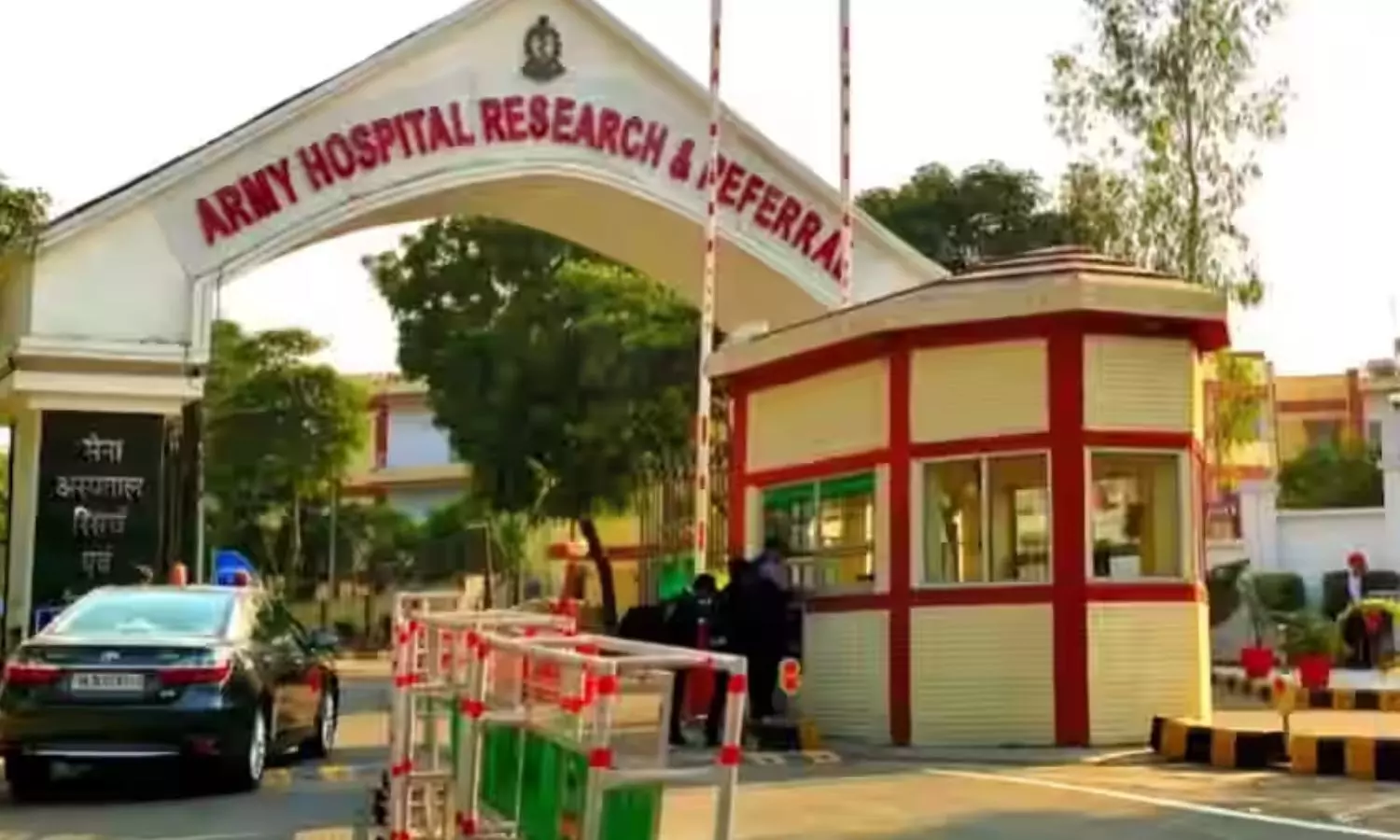
New Delhi: An eight-year-old boy from Jammu and Kashmir’s Baramullah has received a new lease of life after undergoing a challenging life-saving cardiac procedure at an Army hospital here, officials said on Tuesday.
The pediatric cardiology team of the Armed Forces Medical Services (AFMS), “In an extraordinary medical achievement, successfully performed a high-risk transcatheter (non-surgical) lifesaving cardiac procedure” at the Army Hospital (Research & Referral) in Delhi Cantonment, the defence ministry said in a statement.
The procedure was performed on “An eight-year-old civilian boy from Baramullah, Jammu and Kashmir, who had a critical narrowing of aorta (blood channel supplying pure blood to all the parts of the body) resulting in compromised blood supply to few vital organs of the body as well as reduced function of heart”.
This complex procedure was done through a small nick in the groin and involved implantation of a large stent, it said.
It was an “extremely life-threatening” complicated procedure. However, it went off uneventfully and the child has been discharged in just three days post-procedure without even a scar on the body, the statement said.
Under ‘Operation Sadbhavna’ in Jammu and Kashmir, the boy was brought to this centre by Indian Army’s Dagger Division, as his family was incapable of affording his treatment, it said.
“With the collaborative efforts of Army Hospital (R&R), New Delhi, Chinaar Corps/Dagger Division, J&K and Indrani Balan Foundation, Pune, the boy will now lead to an absolutely normal life in future,” the ministry said.
The expertise of performing such a complex procedure is available only at few centres in the country, including Army Hospital (R&R) in Delhi, it added.
Medical Dialogues team had earlier reported that in an extraordinary medical achievement, doctors in the Department of Hematology & Stem Cell Transplantation at the Army Hospital R&R in Delhi Cantt. have for the first time successfully conducted a life-saving Bone Marrow Transplant (commonly known as BMT) for a child diagnosed with a rare primary immunodeficiency disorder.
Powered by WPeMatico
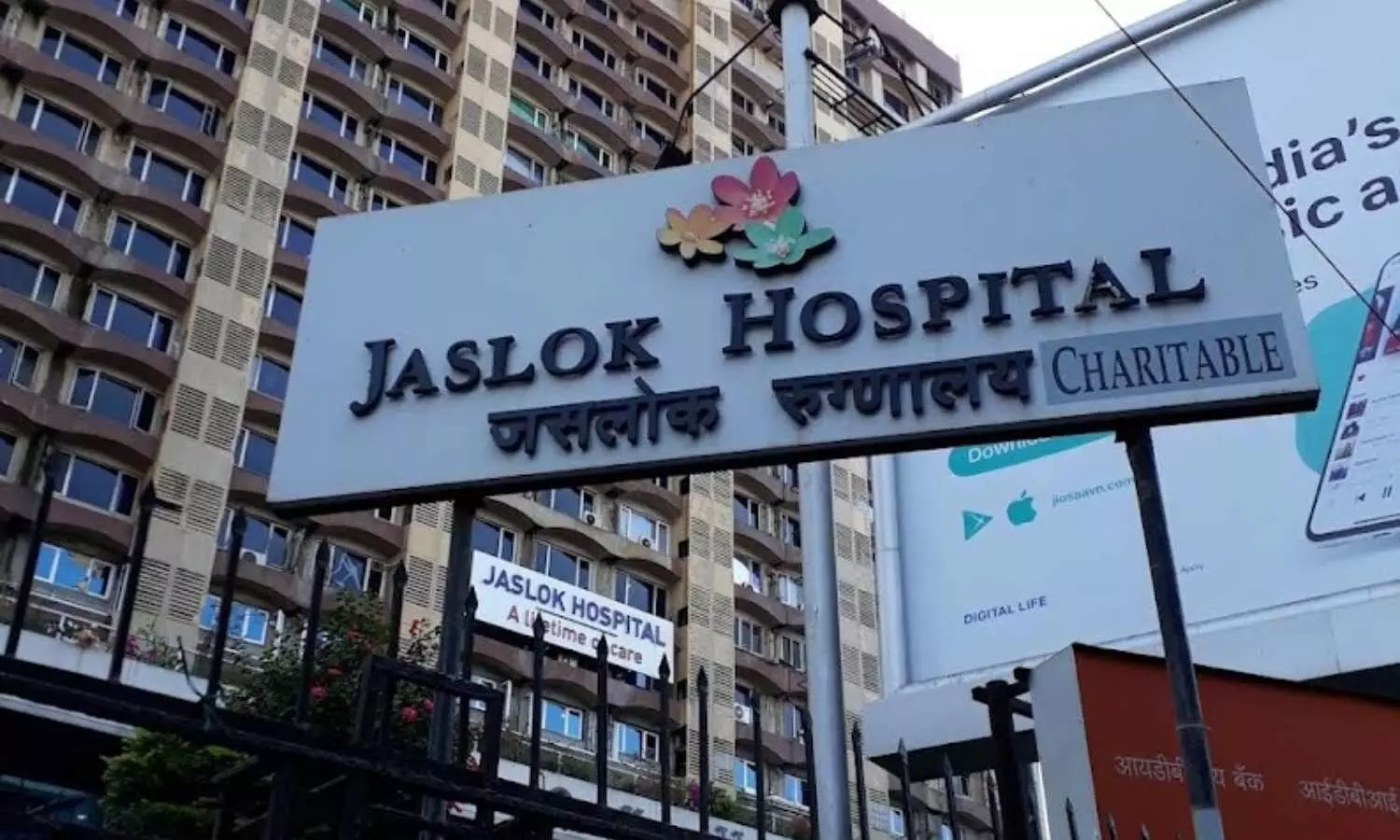
Mumbai: In a remarkable medical achievement, Jaslok Hospital & Research Centre recently provided comprehensive and successful treatment to an 8-year-old child from Yemen diagnosed with Papillary Thyroid Cancer.
The child arrived at the facility on 2nd Jan 2024 with a 4×4 cm swelling in the front and left side of the neck that he had for three months, a condition initially suspected to be a common lymphatic swelling.
Usually, such neck swellings in young children are lymphatic swellings like cystic hygroma or branchial cysts, but in this child, it was a much more serious diagnosis. However, thorough investigations conducted in Yemen revealed the unexpected diagnosis of thyroid cancer.
Dr. Mehul Bhansali, Director of Surgical Oncology, was involved in the care of this patient along with Dr. Fazal Nabi, Director of Paediatrics. At the hospital, they repeated the ultrasound of the neck and biopsy of the lesion as the diagnosis of Thyroid Cancer at this young age was very rare so we needed an in-house confirmation by Onco-pathologist Dr. Shubhanda Kane.
Having thyroid cancer in such young patients can sometimes be associated with many other medical problems like diseases of the adrenal glands, pancreatic pathology, or parathyroid gland pathology. Hence, the patient was evaluated for any such associated pathologies via a series of blood tests, all of which were found to be normal. A PET CT scan was also conducted to rule out any distant spread in the body.
All these investigations were available in-house at Jaslok Hospital, and the entire preoperative workup and diagnostic evaluation of the patient were done in a matter of days. The diagnosis was explained to the patient’s parents, and with informed consent, the medical team proceeded with major thyroid surgery. The surgery was challenging in such a small boy due to his age and small neck size, posing a higher risk of injury to vital neck structures like the larynx, recurrent nerve and parathyroids. The surgery was successfully performed with by Dr. Mehul Bhansali, Dr Snehal Bhange and their team of doctors on 9th January, 2024.
Postoperatively, the patient was well-managed by the Paediatric ICU team and discharged on the third day after surgery. Dr Fazal Nabi, speaking about the care mentioned “8 years old boy presented with complaint of Swelling in anterior side of neck for 3 months. Swelling gradually increased in size.
There was no pain or any other constitutional symptoms. Only accompanying symptom was presence of enlarged Right cervical Lymph node. Investigations were done which showed presence of Papillary carcinoma of Thyroid which was later confirmed on Biopsy and PET Scan showed enlarged cervical lymph node and thyroid swelling.
He was operated for total thyroidectomy. Post operative serum calcium levels were normal on Day 0. He developed Tetany on Post Operative Day 1 and was treated with IV calcium gluconate along with Vitamin D and Magnesium. He didn’t have other episode of tetany and recovered well with intensive post operative care. He was discharged on oral calcium and vitamin D. Papillary carcinoma of thyroid in children is rare with an incidence of 0.54 per 100000 children and requires intensive management of calcium and vitamin D levels in the body for optimum outcomes.”
The final histopathology report from the hospital confirmed papillary thyroid cancer. He was discharged on 15th January, 2024. The patient will now need further Radioactive Iodine ablation to complete his treatment, which will be carried out by the Nuclear Medicine department following established protocols.
Speaking about challenges in the surgery of such a small child Dr Mehul Bhansali, Director of Surgical Oncology, mentioned “The technical difficulties in handling delicate vital structures in the neck of a child with no intraoperative complications was possible only due to high quality training and expertise of all the surgeons. Smooth post- operative recovery was the joint effort of the Paediatric team and dedicated round the clock nursing care. He emphasized on the hospital’s commitment to delivering the highest standard of care to all patients.”
Mr. Samad Zaid, father of the child mentioned “Mazen is doing extremely well and I am so delighted to see him back to his normal life.”
Jaslok Hospital takes pride in its multidisciplinary approach, cutting-edge facilities, and the collaborative expertise of its medical professionals, which collectively contribute to the successful management of complex cases. The hospital remains committed to delivering world-class healthcare with compassion and innovation.
Powered by WPeMatico

Spain: A secondary analysis of a randomized clinical trial (RCT) of 167 patients with frailty and non-ST-segment elevation myocardial infarction (NSTEMI) showed an early harm followed by later benefit with an initial invasive strategy, resulting in a neutral effect on survival at 4 years.
“A routine invasive strategy did not reduce the number of days alive at a median follow-up of 1113 days versus a conservative strategy,” the researchers reported in JAMA Network Open. Invasive treatment was linked with shorter survival within the first year but more prolonged survival after the first year.
The MOSCA-FRAIL RCT compared invasive and conservative treatment strategies in patients with frailty with NSTEMI. It revealed no differences in the number of days alive and out of the hospital at one year. Juan Sanchis, CIBERCV, Valencia, Spain, and colleagues sought to assess the outcomes of the MOSCA-FRAIL trial during extended follow-up.
The MOSCA-FRAIL trial was conducted at 13 hospitals in Spain between 2017 and 2021, and included 167 adults (aged ≥70 years) with frailty (Clinical Frailty Scale score ≥4) and NSTEMI. Follow-up in the preplanned secondary analysis extended to January 31, 2023.
Patients were randomized to a routine invasive (coronary angiography and revascularization if feasible [n = 84]) or a conservative (medical treatment with coronary angiography only if recurrent ischemia [n = 83]) strategy. Among the 167 included patients in the analysis, the mean age was 86 years; 52.7% were women.
The study’s primary endpoint was the difference in restricted mean survival time (RMST). Secondary endpoints were readmissions for any cause, considering recurrent readmissions.
The researchers reported the following findings:
In conclusion, an invasive treatment strategy failed to improve outcomes at a median follow-up of 1113 days. However, the researchers observed a differential distribution of deaths, with early harm followed by later benefit. The phenomenon of depletion of susceptible patients may be responsible for this behavior.
“Therefore, an initial conservative strategy may be more suitable for patients with NSTEMI and high levels of frailty,” the researchers wrote. “These findings provide valuable insights for clinical decision-making in this vulnerable patient population.”
Reference:
Sanchis J, Bueno H, García-Blas S, et al. Invasive Treatment Strategy in Adults With Frailty and Non–ST-Segment Elevation Myocardial Infarction: A Secondary Analysis of a Randomized Clinical Trial. JAMA Netw Open. 2024;7(3):e240809. doi:10.1001/jamanetworkopen.2024.0809
Powered by WPeMatico
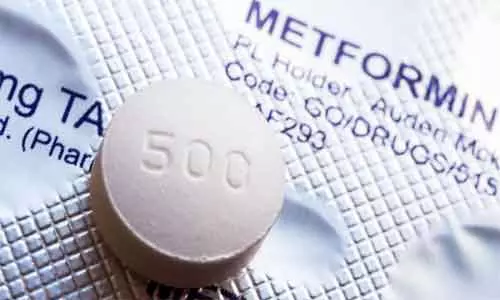
In a recent observational study spanning three tertiary hospitals, researchers have uncovered compelling evidence supporting the widespread efficacy of metformin, the primary treatment for type 2 diabetes mellitus (T2DM). The study, which focused on patients with preserved renal function, aimed to bridge existing gaps in understanding the impact of metformin on various renal conditions. The study concluded that Metformin use in T2DM patients across various renal functions consistently correlates with a decreased risk of overt diabetic nephropathy (DN), major adverse cardiovascular events (MACE), and major adverse kidney events (MAKE).
The study results were published in the journal Scientific Reports.
Metformin, renowned as the cornerstone treatment for type 2 diabetes mellitus (T2DM), has long been hailed for its efficacy in enhancing clinical outcomes among individuals with maintained renal function. However, a notable knowledge gap persists regarding the extent of metformin’s effectiveness across diverse renal functions. Hence, researchers conducted a retrospective, multicenter study by utilizing data from three tertiary hospitals’ databases, drawing on the medical records of patients with T2DM.The metformin cohort comprised individuals who had been prescribed metformin during run-in periods and received at least one additional prescription, while the control cohort included those prescribed oral hypoglycemic agents other than metformin, with no subsequent metformin prescriptions during the observation period.For patients without diabetic nephropathy (DN), the study investigated outcomes such as events of DN, major adverse cardiovascular events (MACE), and major adverse kidney events (MAKE). Following meticulous 1:1 propensity matching, 1994 individuals were selected for both the metformin and control cohorts among T2DM patients without baseline DN.
Findings:
The study’s lead researcher emphasized that the findings suggest metformin’s consistent correlation with a reduced risk of overt DN, MACE, and MAKE across various renal functions in T2DM patients. However, it’s crucial to note that this study is observational, and further research, including randomized controlled trials, is essential to validate these promising results. As the medical community eagerly awaits further research, these findings shed light on the potential multifaceted benefits of metformin, offering hope for improved outcomes in T2DM patients, particularly those with varying levels of renal function.
Further reading: Impact of metformin on cardiovascular and kidney outcome based on kidney function status in type 2 diabetic patients: a multicentric, retrospective cohort study. https://doi.org/10.1038/s41598-024-52078-4
Powered by WPeMatico
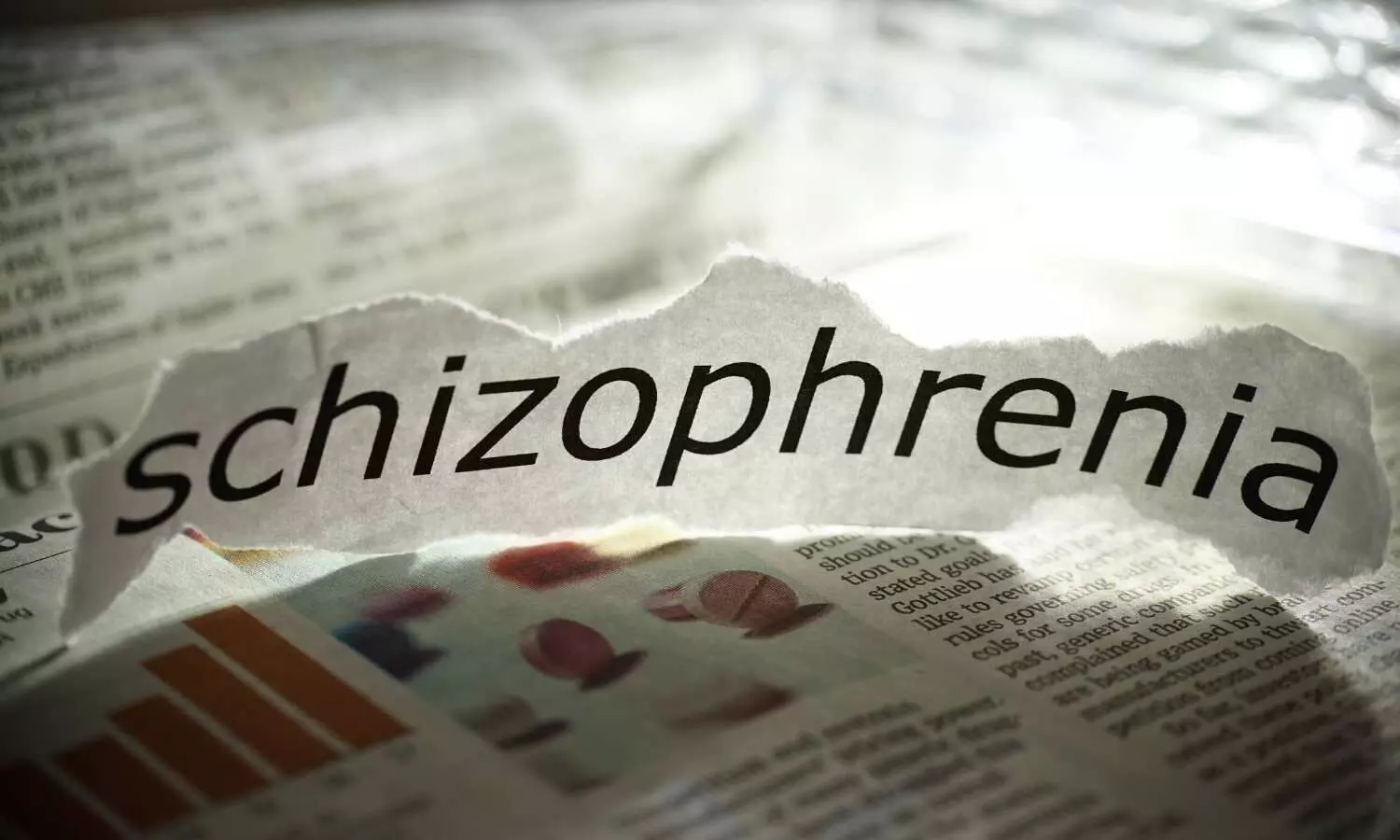
A recent study looked into the intricate relationship between schizophrenia and stroke by uncovering the potential links between the mental disorder and specific stroke subtypes. While previous studies hinted at a connection between schizophrenia and stroke, this investigation was marked to be the first to explore stroke subtypes in detail. The key findings were published in the recent edition of the Journal of the American Heart Association.
This study employed two-sample Mendelian randomization analyses and focused on unraveling potential causal associations between schizophrenia and various stroke outcomes, including ischemic stroke, large-artery stroke, small-vessel stroke, cardioembolic stroke and intracerebral hemorrhage.
The findings revealed compelling associations between schizophrenia and two specific stroke subtypes the cardioembolic stroke and intracerebral hemorrhage. After utilizing the inverse variance weighting method, Shinya Nakada and team identified a significant association between schizophrenia and cardioembolic stroke (odds ratio [OR] 1.070 [95% CI, 1.023–1.119]) that suggests a potential causal relationship. The association with intracerebral hemorrhage (OR 1.089 [95% CI, 1.005–1.180]) was observed amidst less robust evidence.
Also, further analyses employed various Mendelian randomization methods that corroborated the link with cardioembolic stroke by underlining the importance of these findings. The evidence for an association with intracerebral hemorrhage was less conclusive across different methodologies.
The implications of this study suggests that individuals with schizophrenia underwent an increased risk of cardioembolic stroke that necessitates careful cardiac evaluation and monitoring within this population. By recognizing and addressing this potential risk factor, the healthcare professionals could potentially reduce the burden of stroke among individuals with schizophrenia. This comprehensive research not only advances the existing understanding of schizophrenia and stroke but additionally highlights the importance of interdisciplinary approaches in healthcare.
Reference:
Nakada, S., Ho, F. K., Celis‐Morales, C., & Pell, J. P. (2024). Schizophrenia and Types of Stroke: A Mendelian Randomization Study. In Journal of the American Heart Association. Ovid Technologies (Wolters Kluwer Health). https://doi.org/10.1161/jaha.123.032011
Powered by WPeMatico
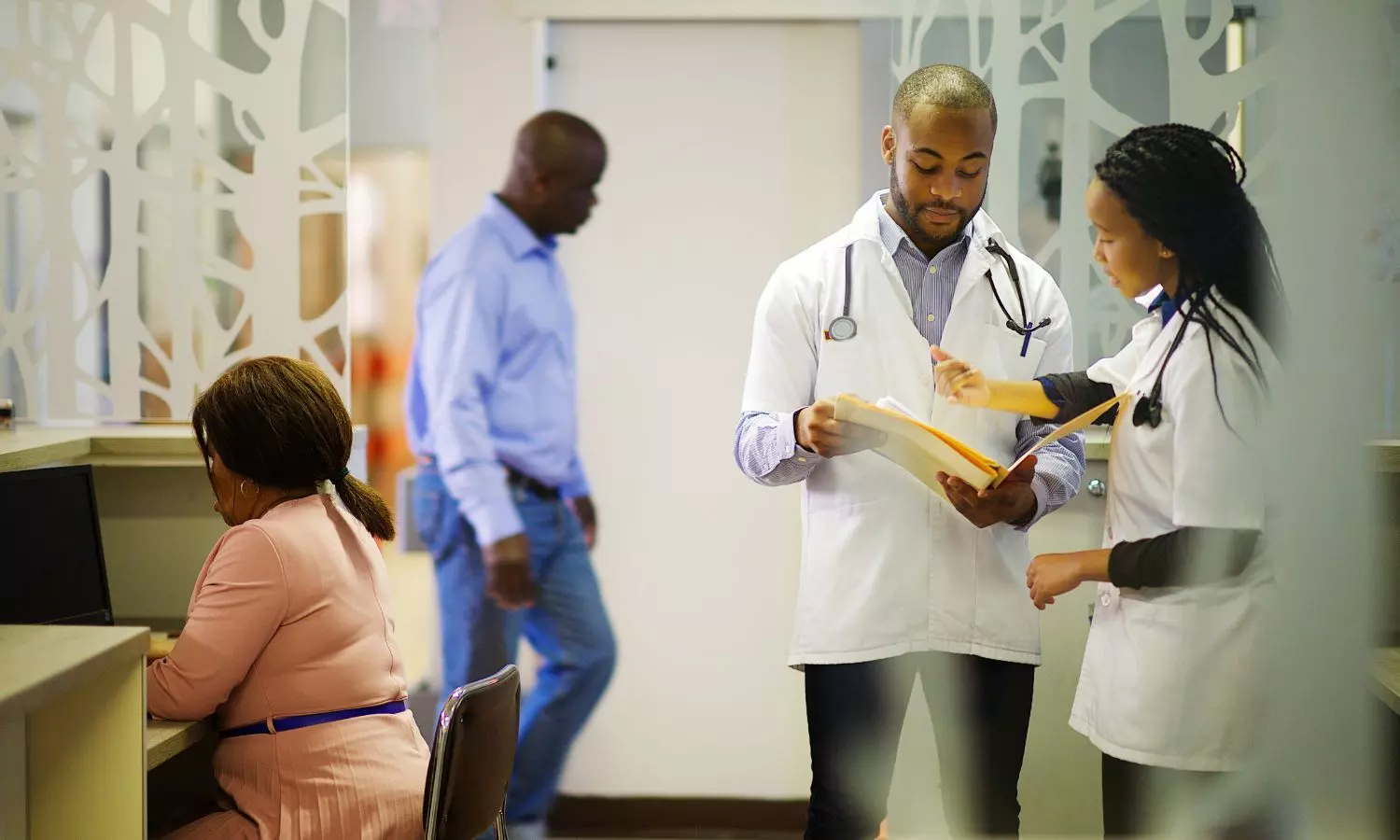
In sub-Saharan Africa, agreement between clinicians using a handheld ultrasonographic device and expert sonographers using a high-end ultrasonographic machine regarding lung ultrasonography findings has yet to be studied.
Powered by WPeMatico
